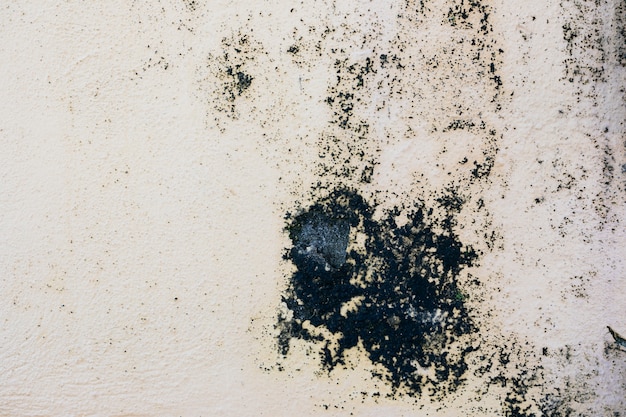
Effective Black Mold Shower Solutions and Removal Techniques
Black mold in showers is a common issue that can lead to health concerns, particularly for individuals with respiratory issues or allergies. This type of mold thrives in warm, damp environments, making bathrooms a prime location for its growth. Addressing black mold effectively requires a combination of prevention strategies and removal techniques. This article explores some of the most effective solutions to tackle black mold in showers and offers guidance on how to safely remove it.
Identifying Black Mold in Showers
Before addressing black mold, it's essential to identify it correctly. Black mold, scientifically known as Stachybotrys chartarum, is typically dark green or black and has a musty odor. It often appears around shower corners, grout lines, and under silicone seals.
For a comprehensive comparison between black mold and regular mold types, you can read more about this topic.
Prevention Techniques
Maintain Proper Ventilation
- Use exhaust fans during and after showers to reduce humidity levels.
- Open windows if possible to increase airflow.
- Consider installing a dehumidifier in the bathroom to control moisture.
Regular Cleaning
- Clean shower surfaces regularly with mold-inhibiting cleaners.
- Pay special attention to grout lines and corners where mold tends to accumulate.
- Use a squeegee to remove water from surfaces after each shower.
Seal and Repair
- Inspect and repair any leaks in shower heads and faucets promptly.
- Replace worn or damaged caulking and seals to prevent water intrusion.
- Use mold-resistant products when sealing showers.
Removal Techniques
Natural Cleaning Solutions
If the mold coverage is minimal, natural cleaning solutions might suffice. Consider using white vinegar or baking soda, both of which have antifungal properties.
- White Vinegar: Spray undiluted white vinegar onto the moldy areas and let it sit for an hour before scrubbing.
- Baking Soda: Mix baking soda with water to form a paste and apply it to the moldy areas, then scrub and rinse.
For more in-depth mold removal techniques, learn more in this detailed guide.
Chemical Solutions
For more extensive mold infestations, chemical solutions may be necessary. Commercial mold removers are available, but use them cautiously and follow the manufacturer's instructions.
- Bleach: Dilute one cup of bleach in a gallon of water and apply it to the affected areas. Allow it to sit for a few minutes before rinsing.
- Hydrogen Peroxide: Spray 3% hydrogen peroxide directly onto the mold, let it sit for 10 minutes, then scrub and rinse.
Professional Mold Removal Services
In cases where mold infestation is severe or persistent, professional mold removal services may be necessary. These experts have the tools and expertise to safely and effectively remove mold, ensuring that it does not return.
To understand when professional services might be necessary, explore further insights here.
Conclusion
Black mold in showers is a manageable problem with the right approach. By implementing effective prevention and removal techniques, one can maintain a healthy and mold-free bathroom environment. Whether using natural or chemical solutions or seeking professional assistance, the key is to address mold issues promptly and thoroughly.
For additional resources and information on black mold and its removal, find additional information here.